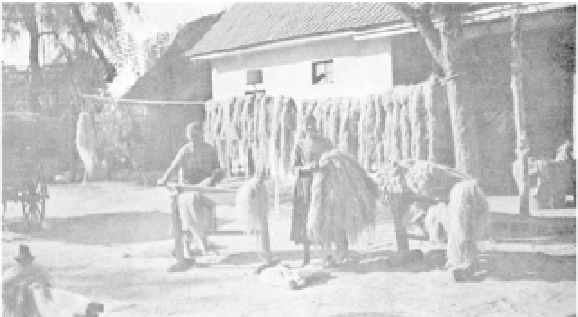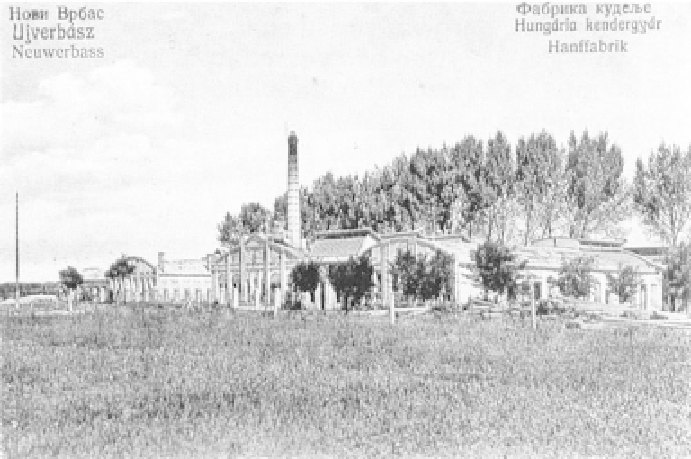Agriculture Reference
In-Depth Information
20.2.3 Production technology
for Serbian industrial hemp
industrial crop. Between 1900 and 1960,
there were over 30 factories in Serbia process-
ing hemp (Fig. 20.6). During this period, a
unique hemp 'stock exchange' existed in
Odžaci, which influenced prices as far away as
Italy and England (Fig. 20.7).
Hemp growers' interest in this plant can
be explained by a number of advantages that
hemp has over other crops. Hemp, as an
annual crop sown in the spring, can be com-
bined with other crops for the purposes of crop
rotation. It is harvested relatively early in the
season and leaves the soil in good condition. In
view of these qualities, hemp shows itself to be
an interesting crop when compared to alterna-
tives (Drezgi ´
et al
., 1975).
Historically, hemp was produced by small
farmers and virtually all the work involved in
its production and processing was conducted
by hand. Poverty dictated that people satisfied
their own needs. Each farm was therefore
able to produce its own material, as well as a
range of other articles made from hemp.
There virtually was not a single household
without equipment for hemp processing and
hemp-based products of some kind (Fig. 20.5)
(Kišgeci, 1996).
The modernization of agriculture that took
place during the 1930s turned hemp into an
Fig. 20.5.
Home processing of hemp.
Fig. 20.6.
Hemp processing facility, popularly called hemp factory, in 1953.


